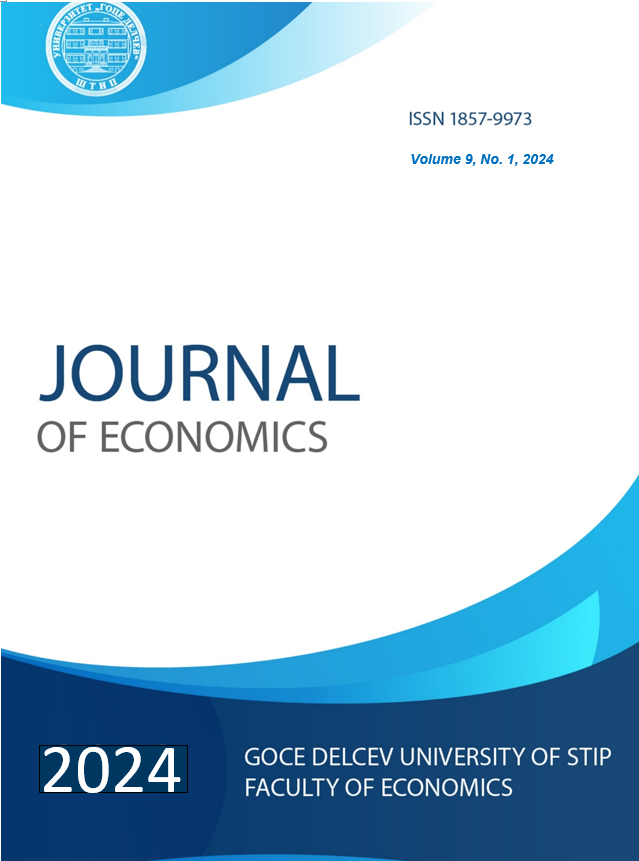Analysis of the circular economy of Serbia based on the Cobra method
DOI:
https://doi.org/10.46763/JOE2491010lKeywords:
performance, circular economy, Serbia, COBRA methodAbstract
Recently, the problem of the circular economy has been very topical. In the literature, it is investigated from different angles. This study analyzes the problem of the circular economy in Serbia based on the COBRA method. The results of the COBRA method show that the best performance of the circular economy in Serbia was in 2021. The worst was in 2016. Recently, generally speaking, the performance of the circular economy in Serbia has been improving. To improve the performance of the circular economy in Serbia, it is necessary to have a continuous, adequate action plan to manage the recycling of municipal waste, production of municipal waste, dependence on the import of materials, resource productivity, and energy from renewable sources as efficiently as possible. Likewise, other relevant factors. There is no doubt that the increasing application of the circular economy principle contributes significantly to the preservation of the environment in Serbia.


